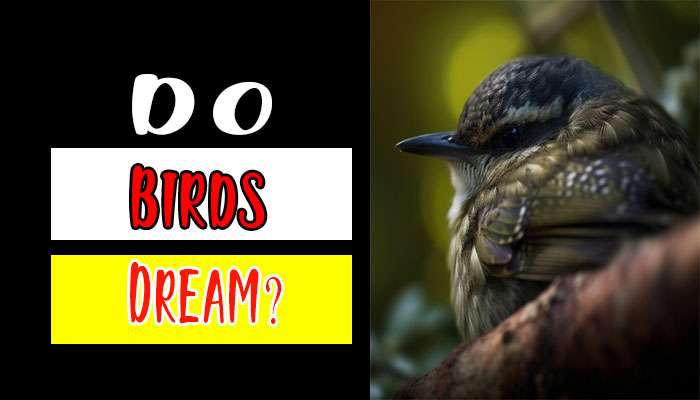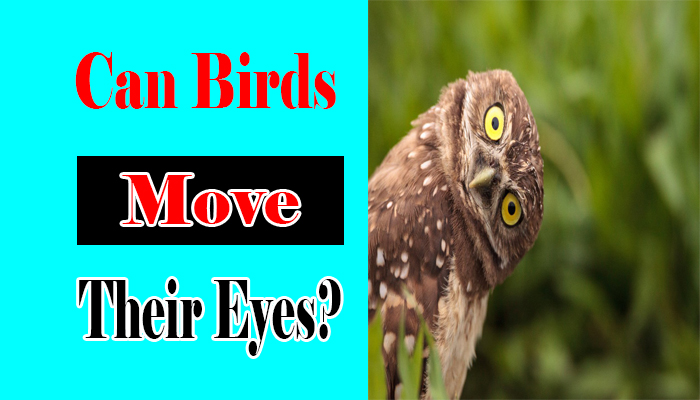Are Crows Birds of Prey? Characteristics of Birds of Prey
Crows have captured the human imagination for centuries, often revered for their intelligence and mysterious nature. As a bird expert and enthusiast, I am excited to delve into the question: “Are crows birds of prey?”
Despite their predatory behavior, crows belong to a distinct avian group, showcasing unique traits that set them apart from traditional birds of prey. Join me on this journey of exploration as we unravel the world of these fascinating creatures and gain a deeper understanding of their ecological significance.
Are Crows Birds of Prey? The Curious Classification
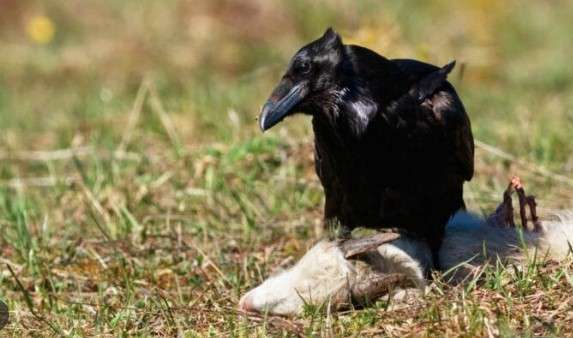
Crows, scientifically known as Corvus species, are not classified as birds of prey, such as eagles, hawks, and owls. Instead, they belong to the Corvidae family, which includes ravens, magpies, and jays. While crows exhibit predatory behavior and are knowledgeable hunters, their biological distinctions set them apart from the traditional birds of prey.
Also Read: Are Birds Cannibals?
The Characteristics of Birds of Prey
Sharp, hooked beaks, strong talons, exceptional eyesight, and a carnivorous diet characterize traditional birds of prey. These raptors have adapted for hunting and capturing live prey, often using their keen vision to spot potential meals from great distances.
The size and shape of their beaks and talons play a vital role in efficiently dispatching and consuming their catch.
The Remarkable Intelligence of Crows
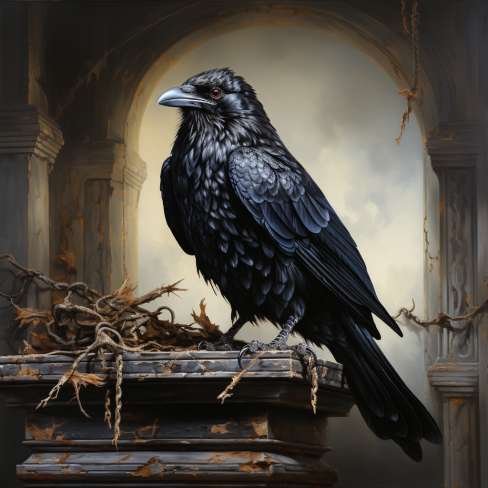
Crows, on the other hand, are known for their remarkable intelligence and problem-solving abilities. Their brain-to-body ratio is comparable to that of great apes, showcasing their capacity for advanced cognitive processing. These highly adaptable birds have even been observed using tools to aid in foraging for food, a behavior once thought to be exclusive to humans.
Crows’ Diet and Feeding Habits
While traditional birds of prey rely heavily on a diet of live prey, crows are omnivorous and opportunistic feeders. Their diet includes insects, small mammals, eggs, carrion, fruits, and even human food scraps. This diverse diet enables them to thrive in various environments, from urban landscapes to rural areas.
The Role of Crows in Ecosystems
Crows play a crucial ecological role as scavengers, helping maintain their ecosystems’ balance. By consuming carrion and decaying matter, they help prevent the spread of diseases and recycle nutrients back into the environment. Additionally, their foraging behavior aids in controlling insect populations, benefiting both agricultural and natural landscapes.
Crows and Social Behavior
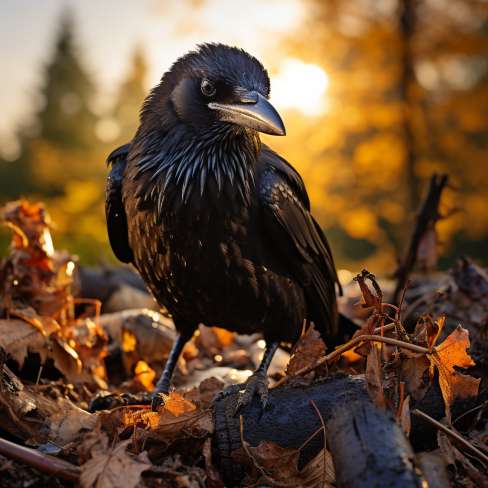
One of the most intriguing aspects of crows is their social behavior. They form strong family bonds and live in tight-knit groups, often referred to as “murders.” Within these groups, they communicate using a complex system of vocalizations and body language, allowing them to share information about potential threats, food sources, and more.
Nesting and Reproduction
Crows are skilled nest builders, constructing elaborate nests made of twigs, grass, and other materials. They often place their nests in high trees, providing a safe environment for raising their young. Crows are monogamous and form long-term pair bonds, participating in cooperative parenting to care for their offspring.
The Misconceptions Surrounding Crows
Despite their intelligence and ecological importance, crows have sometimes faced misconceptions and even persecution. Some myths associate them with bad luck or dark omens, leading to their portrayal as sinister creatures in folklore and literature.
However, these myths are far from the truth, as crows play a vital role in maintaining ecosystem health and stability.
Why Crows Are Not Classified as Birds of Prey
The distinction between crows and traditional birds of prey lies in their biological traits and ecological roles. While both exhibit predatory behavior, crows lack the specialized physical adaptations of birds of prey, such as the hooked beak and talons designed for catching and killing live prey.
Additionally, their diet and social behavior differ significantly from raptors, reinforcing their unique classification.
| Aspect | Birds of Prey (Raptors) | Crows |
|---|---|---|
| Taxonomic Classification | Raptors belong to the order Accipitriformes or Falconiformes. | Crows belong to the order Passeriformes. |
| Feeding Habits | Predatory: Feed primarily on live vertebrates, such as small mammals, birds, reptiles, and fish. | Omnivorous: Have a varied diet, including insects, small mammals, fruits, seeds, garbage, and carrion. |
| Beak Shape | Strong, hooked beak, ideal for tearing flesh and consuming prey. | Conical beak, suited for a generalist diet. |
| Talons | Sharp, powerful talons used for grasping and killing prey. | Weaker talons, adapted for perching and climbing. |
| Hunting Strategy | Raptors are active hunters and often use soaring or perching to spot prey from a distance. They hunt by swooping down and capturing their prey. | Crows are opportunistic foragers and use their intelligence to find food. They may scavenge or steal food from other animals. |
| Size | Generally larger in size, with some species having impressive wingspans. | Medium-sized birds, smaller than most raptors. |
| Flight Characteristics | Raptors are known for their impressive aerial agility and soaring capabilities. | Crows are agile fliers but do not have the same soaring abilities as raptors. |
| Vision | Raptors have excellent eyesight, with keen vision that aids in hunting. | Crows also have good vision but may rely more on their problem-solving abilities to find food. |
| Social Behavior | Some raptors are solitary, while others may be mildly social during nesting season. | Crows are highly social birds, often found in large groups called flocks. They are known for their intelligence and cooperative behavior. |
| Nesting Habits | Raptors typically build large nests in trees or on cliffs to raise their young. | Crows build bulky nests, usually in trees, and are known for their complex and intricate construction. |
FAQ’s
Can crows recognize individual humans?
Yes, crows are incredibly adept at recognizing and remembering individual humans. They can associate specific individuals with positive or negative experiences, forming lasting impressions that affect their interactions.
Are crows threatened or endangered?
Generally, crows are not considered threatened or endangered. Their adaptability and ability to thrive in various environments have contributed to their stable population numbers.
Are ravens a bird of prey?
No, ravens are not birds of prey. They are corvids, a family of birds that includes crows, rooks, magpies, and jays. Corvids are intelligent birds known for their problem-solving skills and ability to communicate with each other. They are also omnivores, meaning they eat various foods, including insects, seeds, fruit, and carrion.
What is considered a bird of prey?
A bird of prey is a bird that hunts and eats other animals. They have sharp talons and beaks adapted for catching and killing prey and often have excellent vision. Birds of prey are typically divided into two groups: raptors and owls. Raptors are diurnal birds, meaning they are active during the day.
They include eagles, hawks, falcons, and vultures. Owls are nocturnal birds, which means that they are active at night. They include barn owls, great horned owls, and snowy owls.
Are crows and ravens considered raptors?
No, crows and ravens are not considered raptors. They are corvids, which is a different family of birds. However, crows and ravens are often mistaken for raptors because they have similar features, such as sharp talons and beaks.
Conclusion
Crows are extraordinary creatures that have captured the human imagination for generations. While they exhibit predatory behavior and possess remarkable intelligence, their classification as birds of prey is distinct due to their biological traits and ecological roles.
Understanding and appreciating these fascinating birds contribute to preserving their natural habitats and their valuable roles in our ecosystems. So, the next time you encounter a crow, take a moment to marvel at its intelligence and resilience, knowing that it plays a vital part in the intricate web of life.
